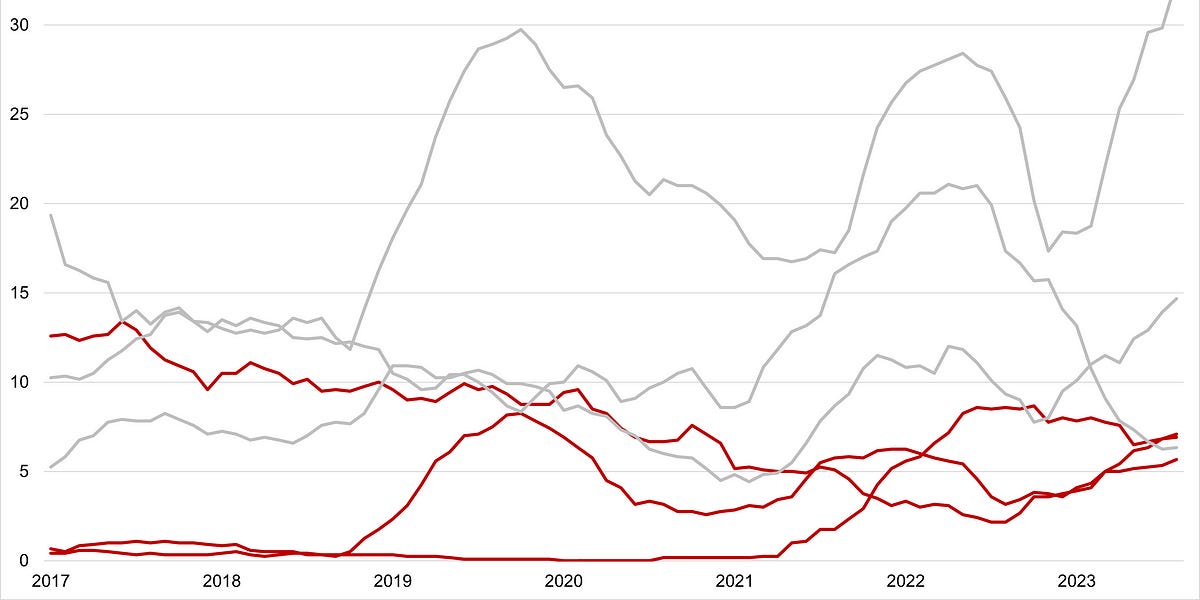…the data does not point to any clear changing crime trend that would justify rapid closures of these five stores for specifically crime reasons. Given these trends I’m highly skeptical that rising crime at these stores is the main explanation for the store closures.
…
My theory is that the above graphs are actually telling a deeper story. Those stores may not be closing in spite of lower levels of crime but rather because of them.
Crime isn’t good — obviously — but shopliftings at a store imply something about that store’s performance. That the stores that are closing have lower crime levels may suggest that they are seeing fewer customers than the other stores. The number of crimes isn’t just a measure of criminal activity, it’s also a measure of customers (NOTE: A few readers have pointed out that some of these stores are physically smaller than normal Target stores which certainly fits the data and is good context to have).
You can’t have pickpockets on Bourbon Street if there are no tourists around, so a ton of pickpocket incidents being reported can be taken as a sign of a rollicking good Mardi Gras.
…
Unfortunately, crime makes an easy and simple boogeyman for complex decisions that may only be tangentially related to crime — if at all. We are fortunate to have open crime data that allows for a deeper dive into the factors that may or may not be impacting corporate moves such as this.



On a purely anecdotal level from shopping at both, the Folsom St. Target in SF and the Harlem Target are both wack locations/spaces that Target shoehorned smaller operations into.
The 117th one? I dunno, it seems normal sized to me. The one on 34th street is definitely one of their “micro-store” concepts though.
My issue with the E Harlem location is more that it’s SO picked-over. It seems like there’s never any restock and the store is always a mess.